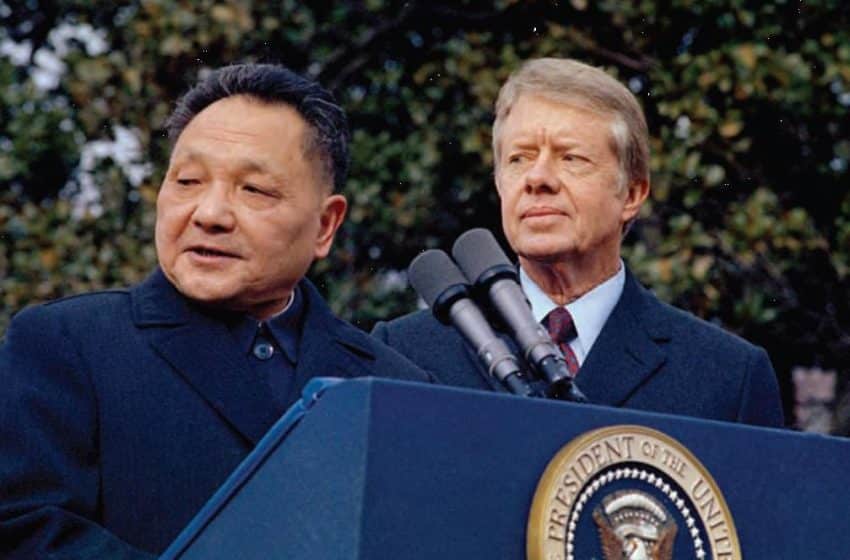Beijing Combats Soaring Home Prices
Soaring home prices in China’s biggest cities are becoming a cause for concern. September marks the 17th consecutive month in which home prices have risen. According to a private survey, home prices have gained a whopping “16.6 per cent in September against a year ago, up from August’s 13.75 per cent rise.”
Local authorities have been attempting to stem the rise by raising mortgage down payments and tightening home purchase restrictions. According to a circular by the Beijing Municipal Commission of Housing and Urban-rural development, “the down payment for first time homebuyers should be no less than 35 percent, while that for second home purchases should be no less than 50 percent.” Doing so serves to discourage property speculators in “second- and third-tier cities across the country.” Additionally, local authorities have also been asked to increase land supply for the development of “self-using houses,” for which the government will impose a price ceiling. Authorities are also required to enhance supervision over “hoarding, price-rigging and other malpractices by developers and brokerages.”
Despite China’s seemingly volatile real estate market, central and local governments actually boast a pristine record when it comes to prescribing appropriate policies when the housing market becomes overheated. Wade Shepard from Forbes highlights several ways in which China’s regulatory measures have been largely successful.
First, control of interest rates: “when they (the government) want to cool things down a little, the government charges higher interest rates on loans to developers and home buyers, when they want to heat the market up give (sic) more favorable rates.” To do this, the government must be attuned to market trends.
Second, stringent lending stipulations: an interesting fact is that Chinese homeowners are very under-leveraged. “At 90%, China has one of the world’s highest home ownership rates, but only 18% of the country’s households have mortgages.” The government ensures that lending practices are strictly monitored and specific to the economic conditions of each city. Furthermore, because speculation is usually done in cash and not loans, which means that in the event of a large-scale housing crash, “a domino effect of defaults would probably not resound through the broader economy.” This sort of stability is primarily due to well-regulated lending controls. Although this is not a point that Shepard makes, the fact that China is an ethnically homogenous state also prevents laws like the US’ Community Reinvestment Act from being implemented, which can cause severe economic ramifications. Solely focusing on individuals’ lending capacity helps to thwart irresponsible and unsustainable lending practices.
Third, strict buying conditions: home buying requirements vary from city to city – the more unsold housing there is, the lower the purchasing barriers are. Moreover, one way the government “quells speculation in the housing market is by simply restricting the quantity of houses that people can buy.”
So what’s the problem?
What makes the “recent boom in China’s housing market appear different than the ones that proceeded it is the rise of private lending which subverts China’s highly regulated banking system.” This threatens home buyers’ lack of leverage, which acts as a safety net for the economy. The option of private loans increases the default rate as more unqualified buyers are incentivized to purchase homes. “An estimated $277 million has been acquired for housing via these under-regulated lenders over the past year in Beijing.”
In typical Chinese efficiency, lending authorities are already stepping up measures to regulate peer-to-peer lending. For example, in March this year, The People’s Bank of China started to “ban real estate brokers and property developers from financing property acquisitions unless they have the licenses to do so.”
China’s housing market along with the government’s manifold regulatory mechanisms perfectly typifies the socialist market economy it works to maintain.
Written by: Adrian Lo








